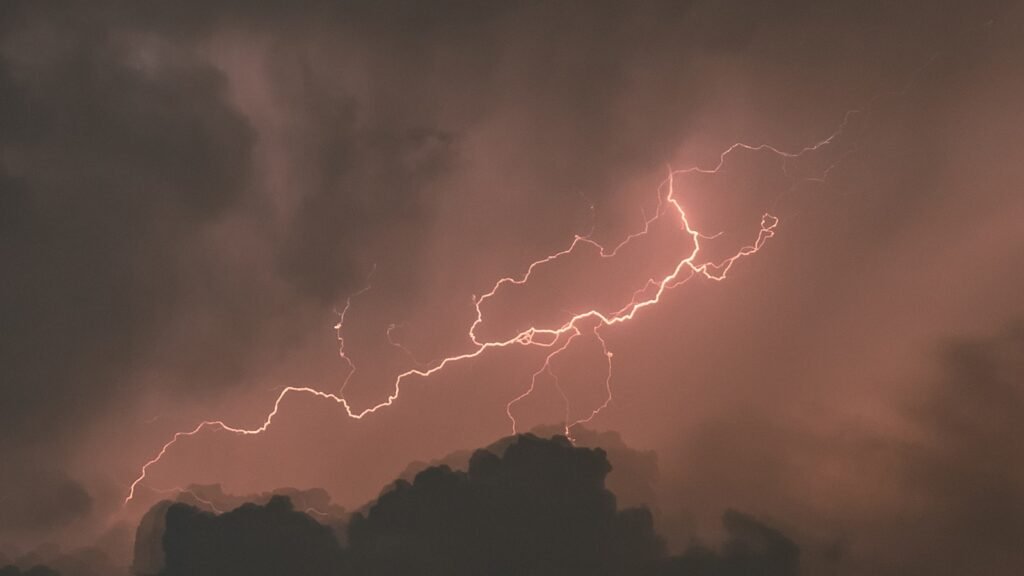Florida’s summer sky can turn from postcard-blue to ominous gray in minutes, and sometimes those minutes make all the difference. Recent clusters of severe thunderstorms left communities asking the same wrenching question: how did flashes that lasted less than a heartbeat cause so much harm? To find answers, scientists are tracing the invisible pathways lightning follows, from storm-top charge reservoirs down to the sand under our feet. The story isn’t just about the bolt you see; it’s about the ground you’re standing on, the air over the water, and the split-second choices people make when thunder creeps closer. Understanding those pieces doesn’t just solve a mystery – it points to practical steps that can save lives.
The Hidden Clues
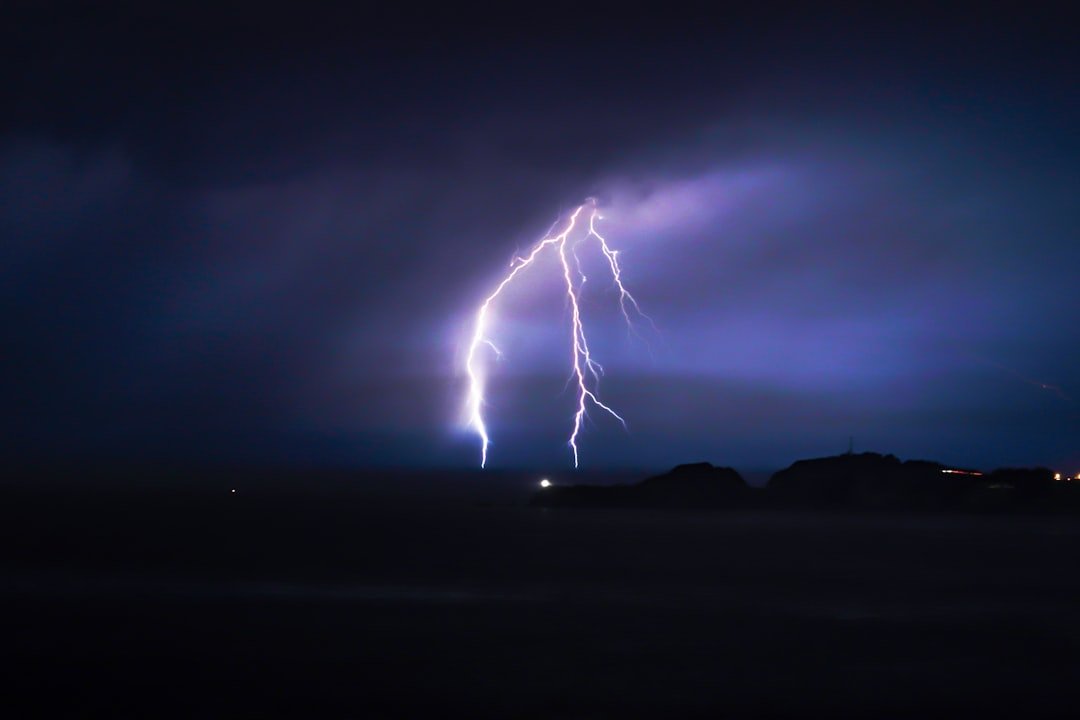
What really killed wasn’t only the strike that lit up the horizon – it was the silent current that spread out across the ground. Many lightning fatalities happen to people who never take a direct hit; they’re caught in ground current radiating outward like ripples from a stone tossed in a pond. Wet sand, puddled parking lots, and salty soil can carry that current farther than most of us expect. When several people stand close together, the electrical surge can pass through multiple bodies at once, multiplying injuries in a single instant.
Investigators look for patterns: scorch marks radiating from a tree root, singed grass in a branching, fern-like pattern, or blown-out bits of concrete near metal fixtures. Those tiny signs map the path of electricity after it strikes, showing why a group under one shelter suffered while a nearby car was untouched. I still remember counting “one-Mississippi” as a kid on the Gulf Coast and thinking distance alone kept me safe; the truth is, current can travel far from where your eyes think the danger ends.
Florida’s Lightning Engine
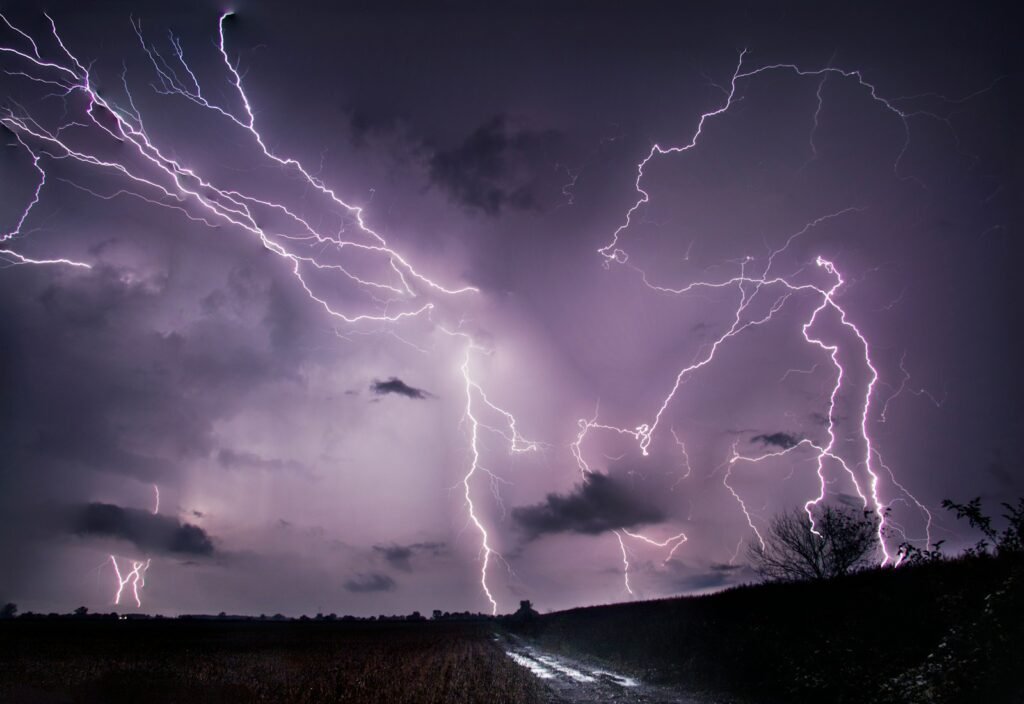
Florida earns its storm reputation the old-fashioned way: daily collisions of sea breezes from the Gulf and Atlantic pump warm, moist air upward, building towering clouds by midafternoon. Where those breezes crash into each other – often along a loose corridor in central Florida – storms rapidly intensify, stacking layers of electric charge like a battery in the sky. Add sun-warmed surfaces, plentiful coastline, and subtle shifts in upper-level winds, and you get a near-perfect factory for frequent, intense lightning.
On days when the sea-breeze front stalls over beaches or urban heat islands, storms linger and flash rates escalate. That persistence keeps people exposed longer – fishermen on piers, crews on rooftops, families on sandbars – creating the risky overlap of high lightning density and high human activity.
The Fatal Physics
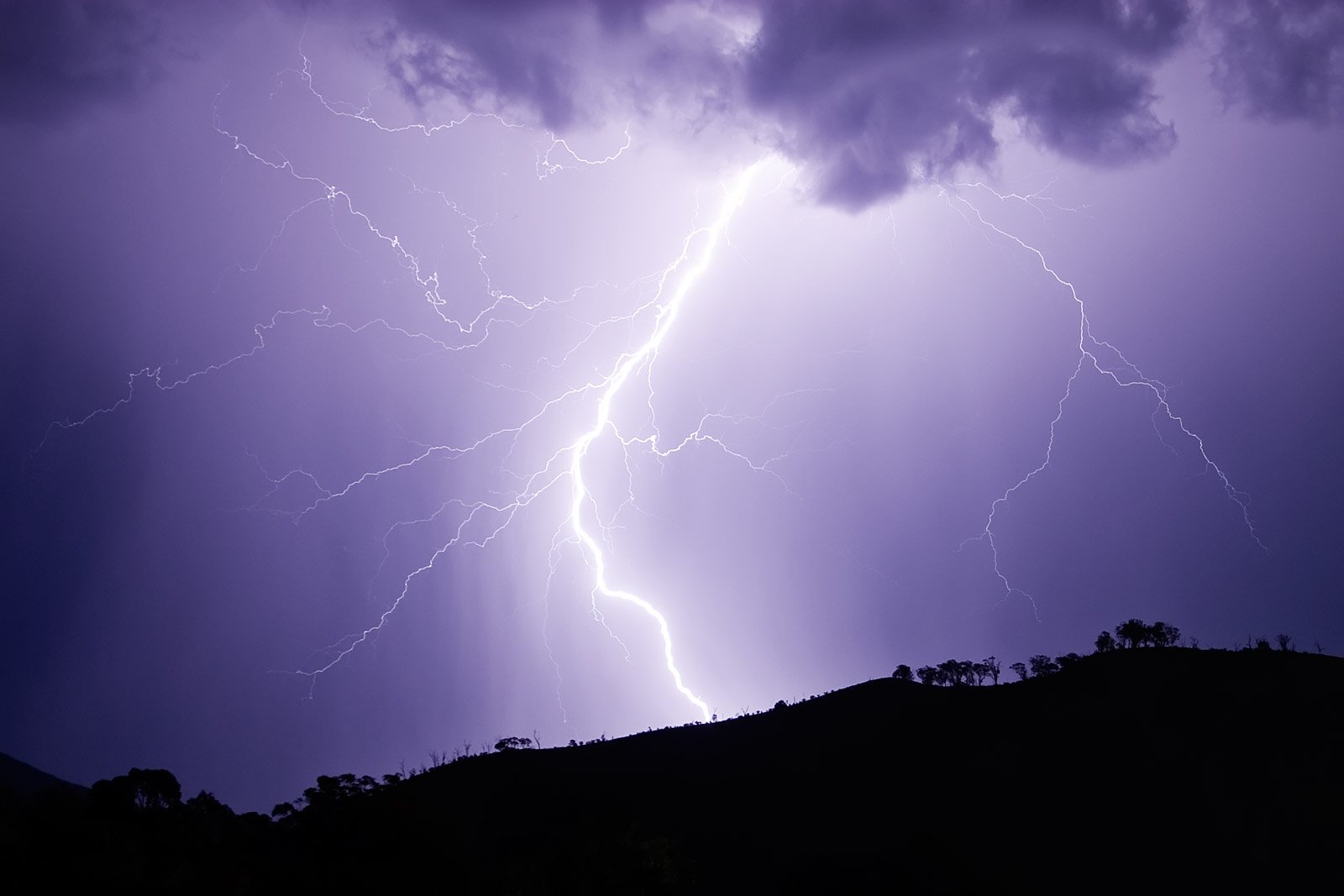
Lightning’s danger isn’t a single mode; think of it as a toolkit. Direct strikes are the rarest but most dramatic, jumping from sky to person. Side flashes happen when a bolt hits a tall object and arcs to a nearby body, especially under trees or open-sided shelters. Contact voltage injures people touching conductive objects – fences, handrails, or metal poles that quietly channel charge.
The deadliest mechanism for groups is ground current. When a strike hits the ground, charge spreads outward across the surface, looking for paths of least resistance. Differences in voltage between a person’s feet – called step potential – drive current up one leg and down the other, stopping hearts or disrupting the nervous system. That’s why standing with feet apart on wet ground is a bad bet when thunder is near.
Another killer is the so-called upward leader. Even when the main bolt doesn’t connect to you, a faint upward streamer can rise from your body or the object you’re touching, completing part of the circuit and delivering a dangerous shock. You don’t see it, you don’t hear it, and yet its effects can be devastating.
Timing and Terrain
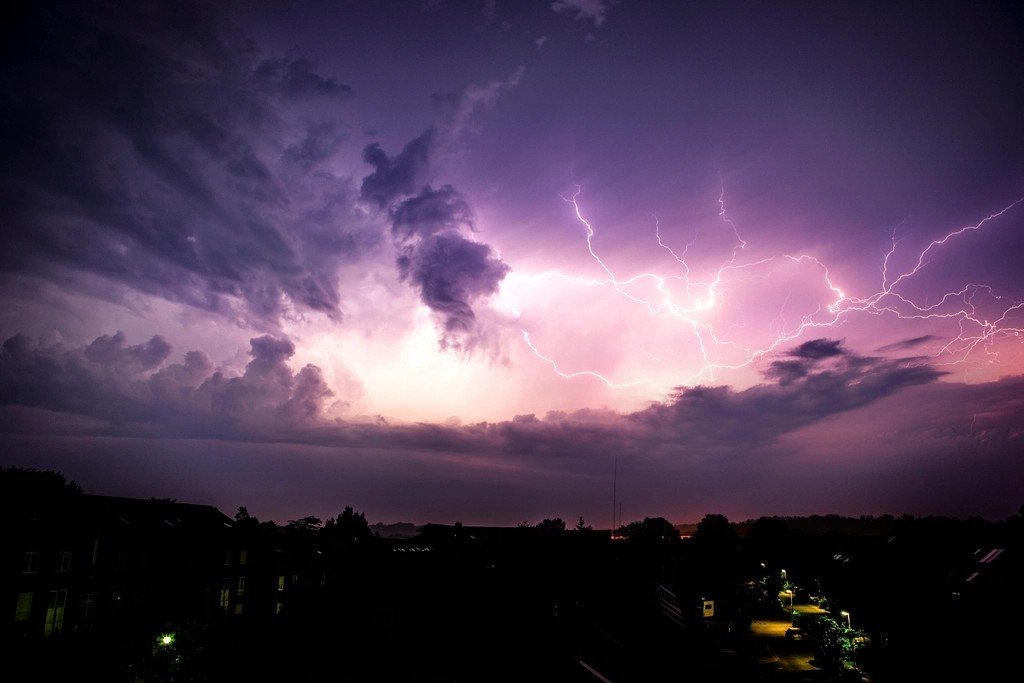
Lightning injuries in Florida spike when storms arrive at the worst possible moments: late afternoons, weekends, and holidays, right when beaches, ball fields, and marinas are packed. Open sand and shallow water make people the tallest points around, inviting side flashes from nearby structures or direct hits to isolated groupings. Metal bleachers and shade pavilions feel protective, but open-sided shelters don’t stop bolts; they often serve as conduits that spread energy into the ground beneath congregated feet.
Urban spaces carry different traps. Rooftops, parking decks, and transit platforms mix conductive materials with puddles and handrails. Even a small plaza tree – so tempting when rain starts – can steer a strike downward and outward, putting everyone under its canopy inside the danger radius.
From Ancient Tools to Modern Science
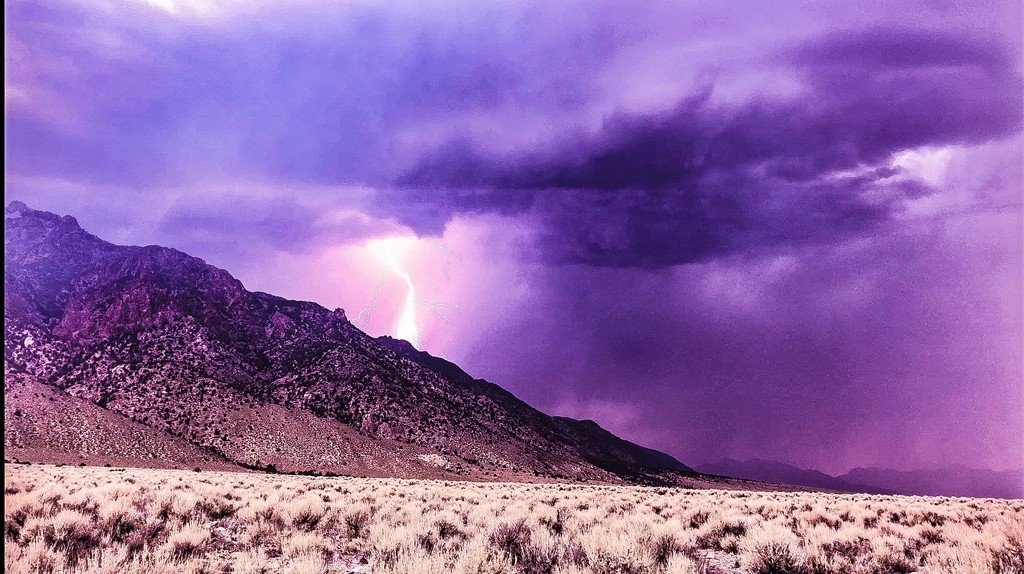
Humanity has been chasing lightning’s secrets for centuries, from early kite experiments to today’s orbiting observatories. Now, ground-based sensor networks triangulate radio-frequency bursts to pinpoint strikes, while satellite instruments watch the entire hemisphere for flashes inside clouds and down to the surface. That total-lightning view – counting both cloud-to-ground and in-cloud discharges – reveals when a storm is ramping up before the first ground hit appears nearby.
Researchers also deploy high-speed cameras and lightning mapping arrays to reconstruct three-dimensional branches of a flash. Those reconstructions explain why a bolt that seems far away can suddenly jump toward a beachfront shower house or a pier piling. The goal isn’t just forensic: by understanding storm electrification and flash structure, forecasters can push warnings earlier, and emergency managers can target the right places to clear first.
Even small insights matter. Knowing that certain sea-breeze collision zones consistently produce higher flash rates helps park rangers and lifeguards plan staffing and signage. The science is sharpening, and with it, the timeline for getting people to safe shelter is inching earlier.
Why It Matters
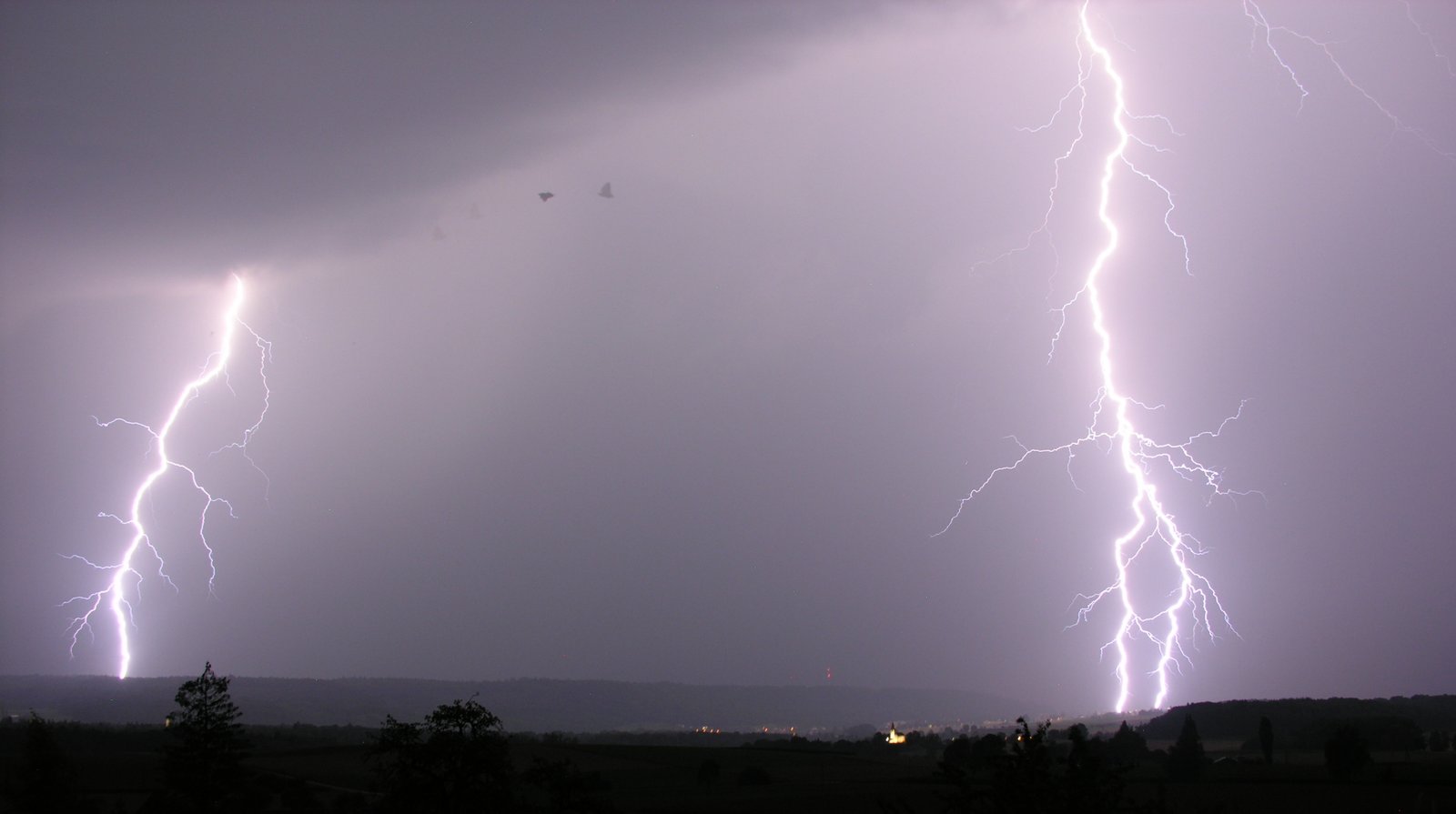
Lightning safety has long relied on simple rules of thumb, and those basics save lives, but the Florida cases show where intuition fails. People still think metal attracts lightning more than height and isolation do, or that a drizzle means the threat is over. Scientific reconstructions demonstrate how charge can travel sideways and underground, turning a “safe” pavilion into a hotspot and a damp field into a live wire mat.
Compared with old approaches – waiting for heavy rain, counting seconds, or trusting small shelters – data-driven alerts tied to real-time total lightning are a major upgrade. They move the decision point from “I see a bolt” to “the storm is electrifying now,” which buys minutes that matter. This shift reframes safety from luck to logistics: clear the field earlier, pause the tournament sooner, and reopen only when electrification truly eases.
The Future Landscape
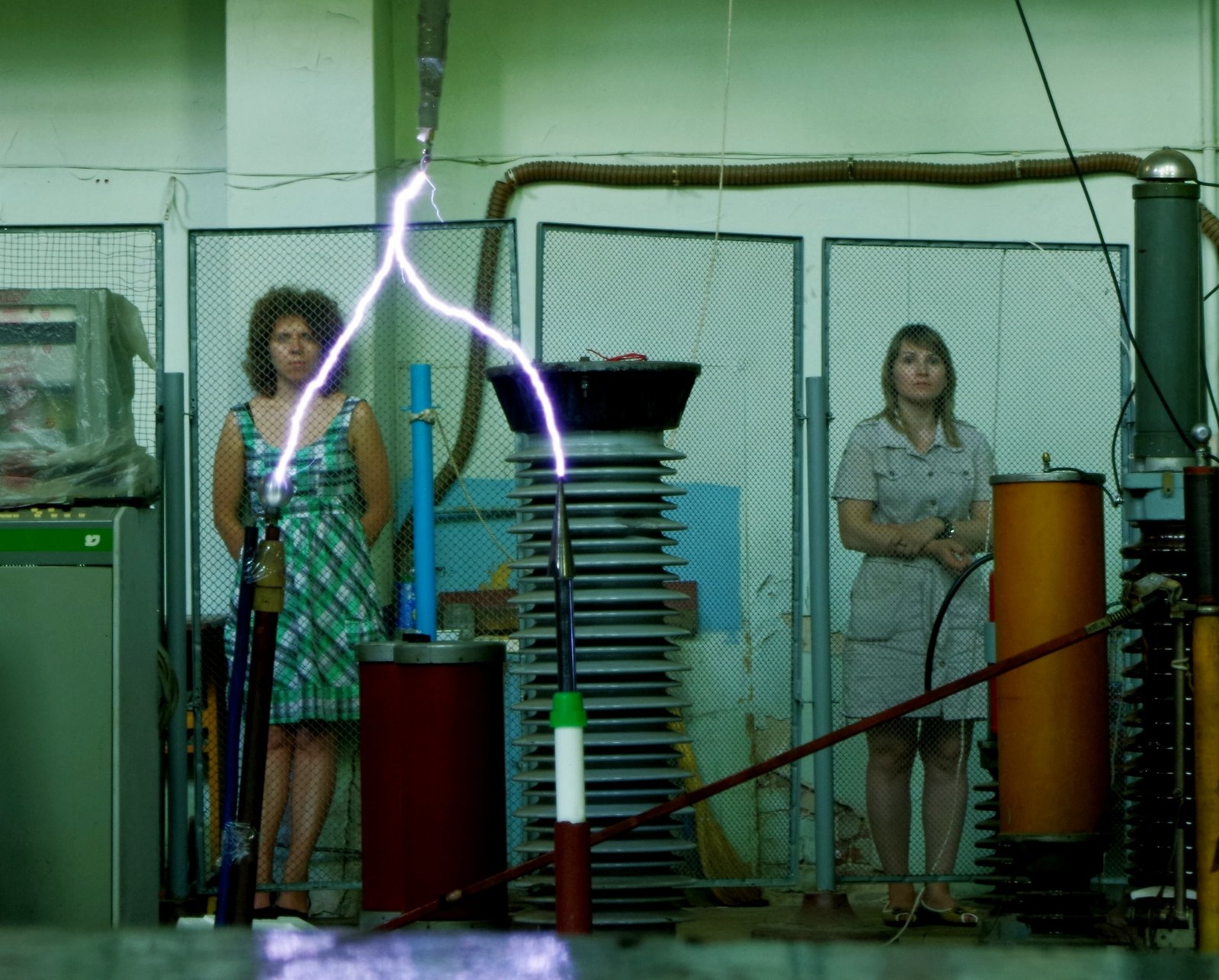
What comes next is a fusion of better sensors, smarter forecasts, and nudges that reach people at the right moment. Lightning-capable satellites will refine detection sensitivity, while machine-learning models link flash rates with storm growth, wind shear, and local sea-breeze patterns. The payoff is hyperlocal guidance that says, in effect, “this beach will see dangerous electrification within the hour,” not just a broad thunderstorm outlook.
Wearables and phones are also stepping in, turning silent radar and satellite streams into vibration alerts on a wrist or a lockscreen. Construction sites, marinas, and sports venues are testing automated sirens keyed to total-lightning thresholds rather than rainfall alone. There’s a climate angle, too: warmer air stores more energy and moisture, and some studies suggest lightning may increase in a warming world, though regional changes will vary and uncertainty remains.
Still, technology won’t erase risk without better habits. The most effective innovation might be the simplest: consistent closure policies that treat open-sided shelters like the outdoors and prioritize solid buildings or hard-topped vehicles. In Florida’s fast-build storms, discipline beats bravado every time.
Smart Choices, Safer Days
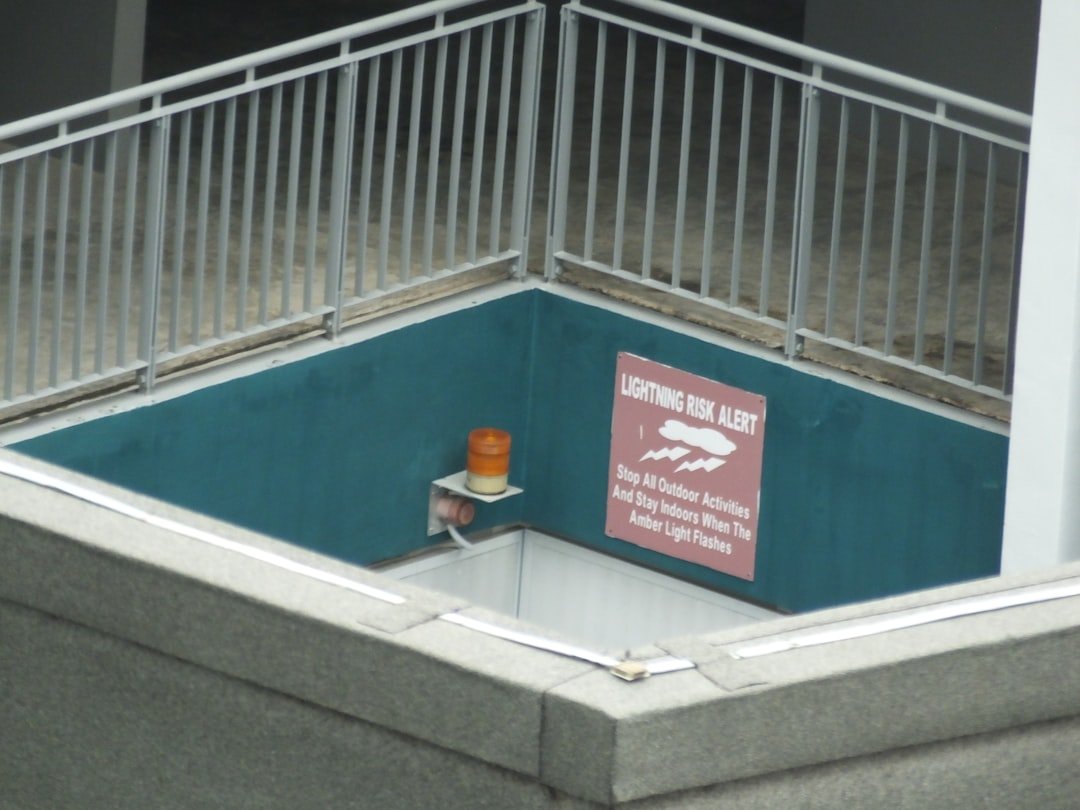
Start with a mindset: if you can hear thunder, you’re already in range of a dangerous strike, even if the sun peeks through. Move to a substantial building or a hard-topped car, not a gazebo, picnic shelter, or lone tree. At the beach, that means leaving the sand, the pier, and the water; for games, it means clearing fields and metal bleachers, then waiting a solid window after the last thunder before resuming.
On boats, plan escape routes before the sky turns, and stash electronics and rods to reduce contact risks. Indoors, avoid wiring and plumbing during active storms – corded phones, showers, and sinks conduct. Most of all, trust early alerts from your weather app or venue officials; those minutes are precious. Will you build the reflex to act on them the next time the sky flickers?

Suhail Ahmed is a passionate digital professional and nature enthusiast with over 8 years of experience in content strategy, SEO, web development, and digital operations. Alongside his freelance journey, Suhail actively contributes to nature and wildlife platforms like Discover Wildlife, where he channels his curiosity for the planet into engaging, educational storytelling.
With a strong background in managing digital ecosystems — from ecommerce stores and WordPress websites to social media and automation — Suhail merges technical precision with creative insight. His content reflects a rare balance: SEO-friendly yet deeply human, data-informed yet emotionally resonant.
Driven by a love for discovery and storytelling, Suhail believes in using digital platforms to amplify causes that matter — especially those protecting Earth’s biodiversity and inspiring sustainable living. Whether he’s managing online projects or crafting wildlife content, his goal remains the same: to inform, inspire, and leave a positive digital footprint.

